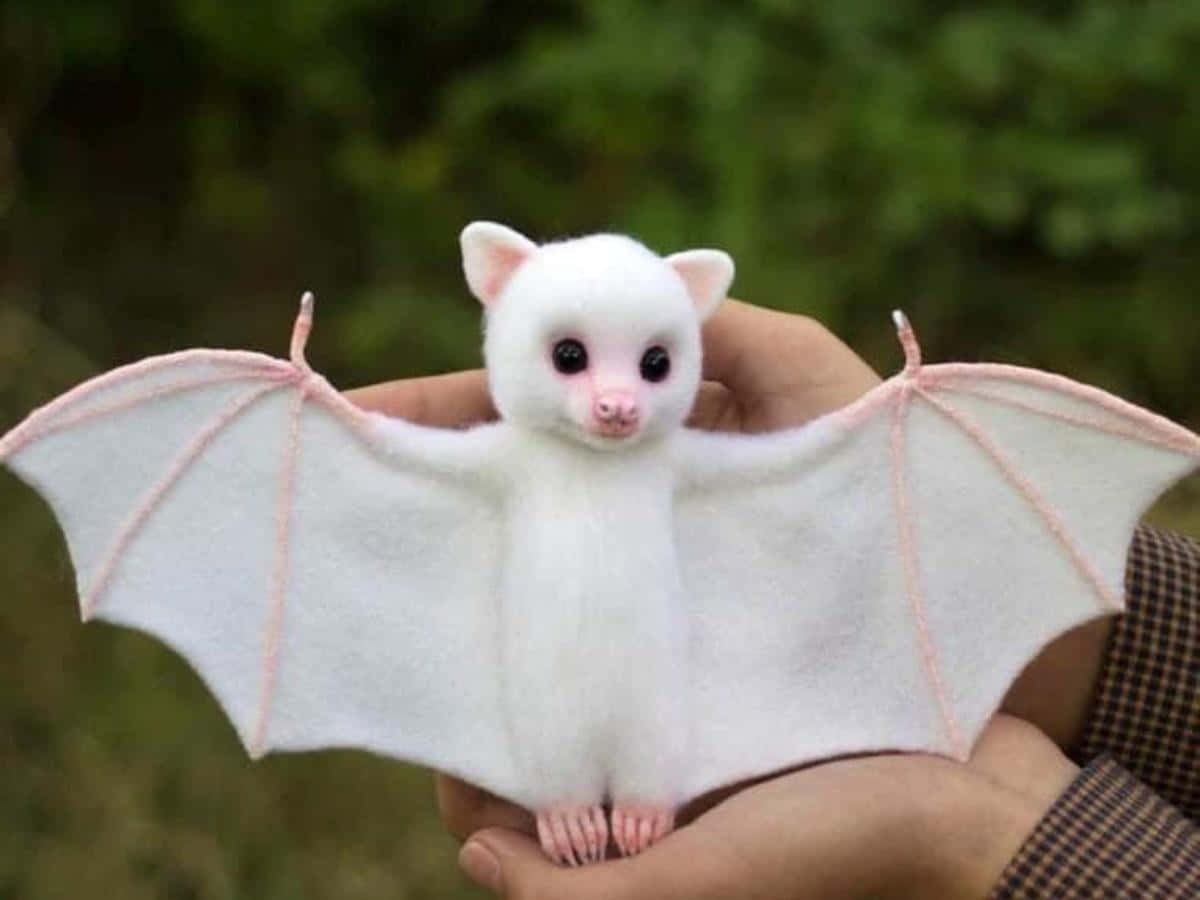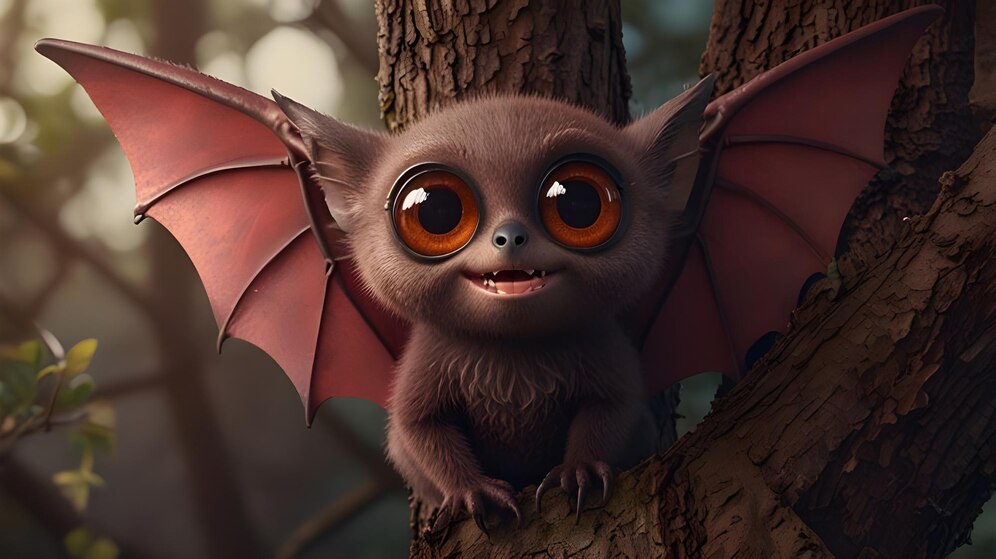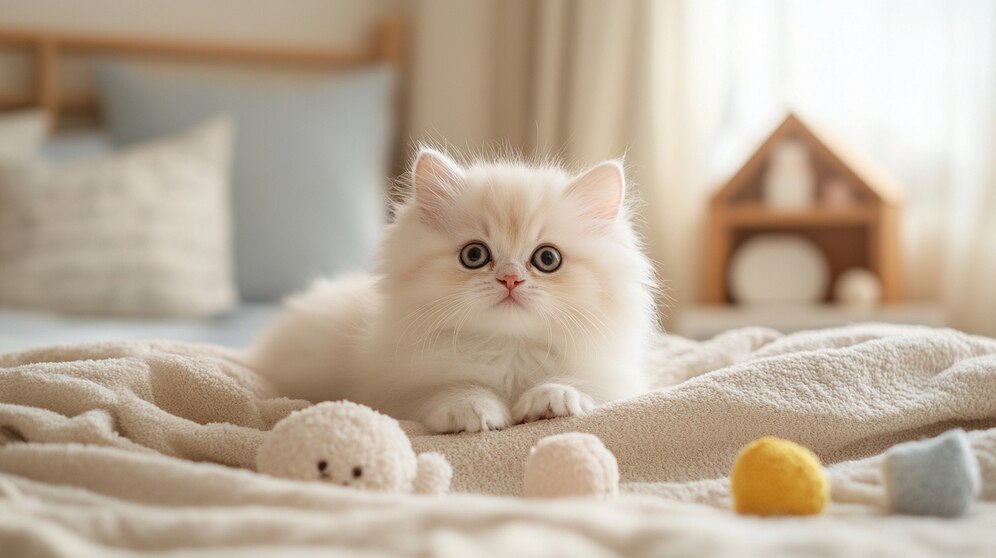Discover the surprising charm of Cute:-_Noi7qvbwi= Bats! From tiny species to cuddly varieties, explore the endearing features and fascinating behaviors of these often-overlooked nocturnal creatures.
The Unexpected Charm of Cute Bats
When one thinks of cute animals, bats might not be the first to come to mind. Indeed, their reputation often precedes them with images of eerie, nocturnal creatures lurking in the shadows. Yet, beneath their somewhat misunderstood exterior lies a world of adorable charm and unique beauty. To truly appreciate these fascinating animals, one must delve into the diverse species of Cute:-_Noi7qvbwi= Bats and their delightful characteristics.
Tiny Bats
First and foremost, let us explore the realm of tiny bats, which exemplify the concept of cuteness in the animal kingdom. The bumblebee bat, scientifically known as Craseonycteris thonglongyai, holds the title of the smallest mammal in the world by wingspan. This diminutive bat measures just 1.1 to 1.3 inches in length and weighs a mere 2 grams. Its tiny size, coupled with its delicate, almost ethereal appearance, renders it an emblem of nature’s miniature marvels.
The bumblebee bat’s small size does not diminish its charm. On the contrary, it amplifies it. These bats exhibit endearing behaviors, such as their methodical, delicate movements while foraging for insects. Their minuscule size and the intricate patterns on their fur make them a subject of fascination and admiration among wildlife enthusiasts and researchers alike.
Central American White Bat
Moving from the tiniest of bats, we encounter the Central American white bat, an altogether different kind of adorable. With its distinct white fur and round, expressive face, this species appears almost like a living, breathing stuffed animal. The Central American white bat, or Ectophylla alba, is native to the tropical forests of Central America, where it roosts in groups beneath large, leafy foliage.
These bats possess a unique combination of features that contribute to their cuteness. Their white fur, in contrast to the green leaves they inhabit, creates a striking visual effect. Moreover, their social behavior, including huddling closely together for warmth and security, adds an element of endearing camaraderie. Observing a cluster of these bats nestled together evokes a sense of warmth and tenderness.
The Fascinating World of Fruit Bats
Among the various species of Cute:-_Noi7qvbwi= Bats, fruit bats, also known as flying foxes, stand out for their larger size and gentle demeanor. Fruit bats, belonging to the family Pteropodidae, come in various shapes and sizes, but many exhibit features that many find charming. For instance, the little red flying fox, found in Australia, is known for its expressive, large eyes and its fluffy, reddish-brown fur.
Fruit bats play a crucial role in their ecosystems as pollinators and seed dispersers. Their nocturnal foraging habits often involve flying from tree to tree in search of fruit, a behavior that, when observed, can appear quite whimsical and delightful. The sight of these bats hanging from trees, wings folded around their bodies like a cozy blanket, adds to their endearing appeal.
The Angelic Face of the Long-Tailed Fruit Bat
The long-tailed fruit bat, or Megachiroptera, is another species that embodies the concept of cute bats. These bats are named for their long, flowing tails, which are visible when they hang from branches or roosts. Their large eyes, combined with their gentle and inquisitive nature, give them an almost angelic appearance.
Despite their larger size compared to other bat species, long-tailed fruit bats have a calm and placid demeanor that makes them less intimidating and more approachable. Their playful interactions with each other and their slow, deliberate movements contribute to their overall charm, making them a favorite among those who study bat behavior.

The Playful Nature of the Lesser Long-Nosed Bat
The lesser long-nosed bat, found in the southwestern United States and Mexico, adds another layer to the charm of cute bats. This species, known for its elongated nose and large ears, exhibits playful behaviors that endear it to observers. The lesser long-nosed bat’s nose, which is adapted for feeding on nectar, gives it a distinctive and adorable appearance.
These bats are known for their agile flight and their energetic foraging habits. Watching them dart from flower to flower, feeding on nectar, provides a glimpse into their lively and engaging behavior. The combination of their unique physical features and their spirited demeanor contributes to their appeal.
The Unusual Appeal of the Vampire Bat
Although vampire bats are often associated with a more ominous reputation, there are aspects of their behavior and appearance that can be considered cute. The common vampire bat, or Desmodus rotundus, is one of the three species of bats that feed on blood. Despite their somewhat unsettling diet, these bats have a fascinating and unique charm.
The vampire bat’s small size and the way it huddles together with others in its roost provide a glimpse of its more endearing qualities. Additionally, the vampire bat’s sophisticated method of locating prey and its ability to navigate in the dark highlight its remarkable adaptations. While they may not fit the conventional image of “cute,” they possess a unique charm that cannot be ignored.
The Enigmatic Charm of the Pygmy Bat
Another intriguing species in the world of Cute:-_Noi7qvbwi= Bats is the pygmy bat. This bat, found in parts of Central and South America, is known for its exceptionally small size and delicate features. The pygmy bat’s petite stature and its almost translucent wings contribute to its ethereal appearance.
Pygmy bats are often observed in their natural habitats, where they exhibit fascinating behaviors such as roosting in tight clusters and engaging in intricate flight patterns. Their tiny size, combined with their delicate movements, adds to their overall charm and makes them a subject of interest for bat enthusiasts and researchers.
The Cuddly Appearance of the Vampire Bat’s Relatives
While vampire bats may have a mixed reputation, their relatives, such as the fruit bats, exhibit a more universally appealing charm. Among these relatives, the flying foxes stand out for their cuddly appearance and gentle demeanor. These bats are often seen hanging from trees with their wings wrapped around their bodies, giving them a cozy and endearing look.
Flying foxes are known for their social behavior, often roosting in large colonies where they engage in mutual grooming and playful interactions. This social behavior, combined with their large, expressive eyes and fluffy fur, makes them particularly charming and endearing.
The Adorable Qualities of the Brazilian Long-Tongued Bat
The Brazilian long-tongued bat, also known as Glossophaga soricina, is another species that exemplifies the concept of cute bats. This bat is distinguished by its long, slender tongue, which it uses to feed on nectar from flowers. Its unique feeding behavior, combined with its small size and delicate features, contributes to its overall charm.
The Brazilian long-tongued bat’s tongue, which can extend up to 1.5 times the length of its body, is an adaptation that allows it to access nectar from deep flowers. Observing this bat in action, as it deftly maneuvers its tongue to extract nectar, provides a glimpse into its fascinating and endearing behavior.
The Gentle Nature of the Egyptian Fruit Bat
The Egyptian fruit bat, or Rousettus aegyptiacus, is another species that exemplifies the concept of cute bats. Known for its large eyes and gentle demeanor, the Egyptian fruit bat is a species that is often admired for its charming appearance and friendly behavior.
These bats are known for their social nature, often roosting in large colonies and engaging in cooperative behaviors such as grooming and mutual care. Their large eyes, combined with their soft, fluffy fur, give them a gentle and endearing appearance that is hard to resist.
The Quirky Charm of the Spectacled Bat
The spectacled bat, or Noctilio leporinus, is another species that adds to the diversity of cute bats. This bat is named for the distinctive, spectacle-like markings around its eyes, which give it a unique and endearing appearance. The spectacled bat is known for its agility and its ability to navigate through complex environments with ease.
Observing the spectacled bat in its natural habitat reveals its playful and curious nature. Its distinctive markings, combined with its energetic behavior and agile movements, contribute to its overall charm and make it a favorite among bat enthusiasts.
The Delightful Characteristics of the Egyptian Long-Eared Bat
The Egyptian long-eared bat, or Otonycteris hemprichii, is another species that showcases the charm of cute bats. Known for its large, expressive ears and its soft, fluffy fur, this bat is a striking example of the diversity of bat species and their endearing qualities.
The Egyptian long-eared bat’s large ears, which are adapted for detecting prey in the dark, give it a distinctive and adorable appearance. Its gentle demeanor and playful behavior add to its overall charm, making it a subject of fascination for those who study bat behavior.
The Intriguing Beauty of the Northern Long-Eared Bat
The northern long-eared bat, or Myotis septentrionalis, is another species that exemplifies the concept of cute bats. Known for its delicate features and its gentle nature, this bat is a striking example of the beauty and charm of the bat world.
The northern long-eared bat’s large ears and delicate wings give it a graceful and endearing appearance. Its behavior, including its intricate flight patterns and its social interactions with other bats, adds to its overall charm and makes it a favorite among those who study bat behavior.
The Endearing Features of the Lesser Long-Nosed Bat
The lesser long-nosed bat, or Leptonycteris yerbabuenae, is another species that exemplifies the charm of cute bats. Known for its distinctive nose and its playful behavior, this bat is a striking example of the diversity of bat species and their endearing qualities.
The lesser long-nosed bat’s long nose, which is adapted for feeding on nectar, gives it a unique and adorable appearance. Its energetic behavior and playful interactions with other bats add to its overall charm and make it a favorite among bat enthusiasts.
The Adorable Qualities of the Little Brown Bat
The little brown bat, or Myotis lucifugus, is another species that showcases the concept of cute bats. Known for its small size and delicate features, this bat is a striking example of the beauty and charm of the bat world.
The little brown bat’s small size and delicate wings give it a graceful and endearing appearance. Its behavior, including its intricate flight patterns and its social interactions with other bats, adds to its overall charm and makes it a favorite among those who study bat behavior.
The Fascinating World of the Gray Bat
The gray bat, or Myotis grisescens, is another species that adds to the diversity of cute bats. Known for its distinctive coloration and its gentle demeanor, this bat is a striking example of the beauty and charm of the bat world.
The gray bat’s soft, gray fur and delicate features give it a graceful and endearing appearance. Its behavior, including its intricate flight patterns and its social interactions with other bats, adds to its overall charm and makes it a favorite among bat enthusiasts.
The Delightful Characteristics of the Big Brown Bat
The big brown bat, or Eptesicus fuscus, is another species that exemplifies the concept of cute bats. Known for its large size and its gentle demeanor, this bat is a striking example of the beauty and charm of the bat world.
The big brown bat’s large size and distinctive features give it a unique and endearing appearance. Its behavior, including its energetic flight patterns and its social interactions with other bats, adds to its overall charm and makes it a favorite among those who study bat behavior.
The Intriguing Beauty of the Pallid Bat
The pallid bat, or Antrozous pallidus, is another species that showcases the charm of cute bats. Known for its distinctive coloration and its playful behavior, this bat is a striking example of the diversity of bat species and their endearing qualities.
The pallid bat’s pale coloration and delicate features give it a graceful and endearing appearance. Its behavior, including its playful interactions with other bats and its intricate flight patterns, adds to its overall charm and makes it a favorite among bat enthusiasts.
The Adorable Qualities of the Townsend’s Big-Eared Bat
The Townsend’s big-eared bat, or Corynorhinus townsendii, is another species that exemplifies the concept of cute bats. Known for its large ears and its gentle demeanor, this bat is a striking example of the beauty and charm of the bat world.
The Townsend’s big-eared bat’s large ears, which are adapted for detecting prey in the dark, give it a distinctive and adorable appearance. Its behavior, including its social interactions with other bats and its delicate movements, adds to its overall charm and makes it a favorite among bat enthusiasts.
The Fascinating World of the Mexican Free-Tailed Bat
The Mexican free-tailed bat, or Tadarida brasiliensis, is another species that adds to the diversity of Cute:-_Noi7qvbwi= Bats. Known for its distinctive tail and its energetic behavior, this bat is a striking example of the beauty and charm of the bat world.
The Mexican free-tailed bat’s long tail and delicate features give it a graceful and endearing appearance. Its behavior, including its energetic flight patterns and its social interactions with other bats, adds to its overall charm and makes it a favorite among those who study bat behavior.

The Delightful Characteristics of the Southern Long-Nosed Bat
The southern long-nosed bat, or Leptonycteris curasoae, is another species that showcases the charm of Cute:-_Noi7qvbwi= Bats. Known for its long nose and its playful behavior, this bat is a striking example of the diversity of bat species and their endearing qualities.
The southern long-nosed bat’s long nose, which is adapted for feeding on nectar, gives it a unique and adorable appearance. Its energetic behavior and playful interactions with other bats add to its overall charm and make it a favorite among bat enthusiasts.
Conclusion
The world of Cute:-_Noi7qvbwi= Bats is filled with surprising charm and endearing qualities. From the tiny bumblebee bat to the cuddly Central American white bat, these creatures possess a unique beauty that often goes unnoticed. By exploring the diverse species of Cute:-_Noi7qvbwi= Bats and their fascinating behaviors, we gain a deeper appreciation for these remarkable animals and their place in the natural world.
Embracing the cuteness of bats not only enhances our understanding of these creatures but also fosters a greater appreciation for the diversity and complexity of the animal kingdom. As we continue to explore and learn about these delightful bats, we uncover the many ways in which they contribute to the beauty and wonder of our world.





